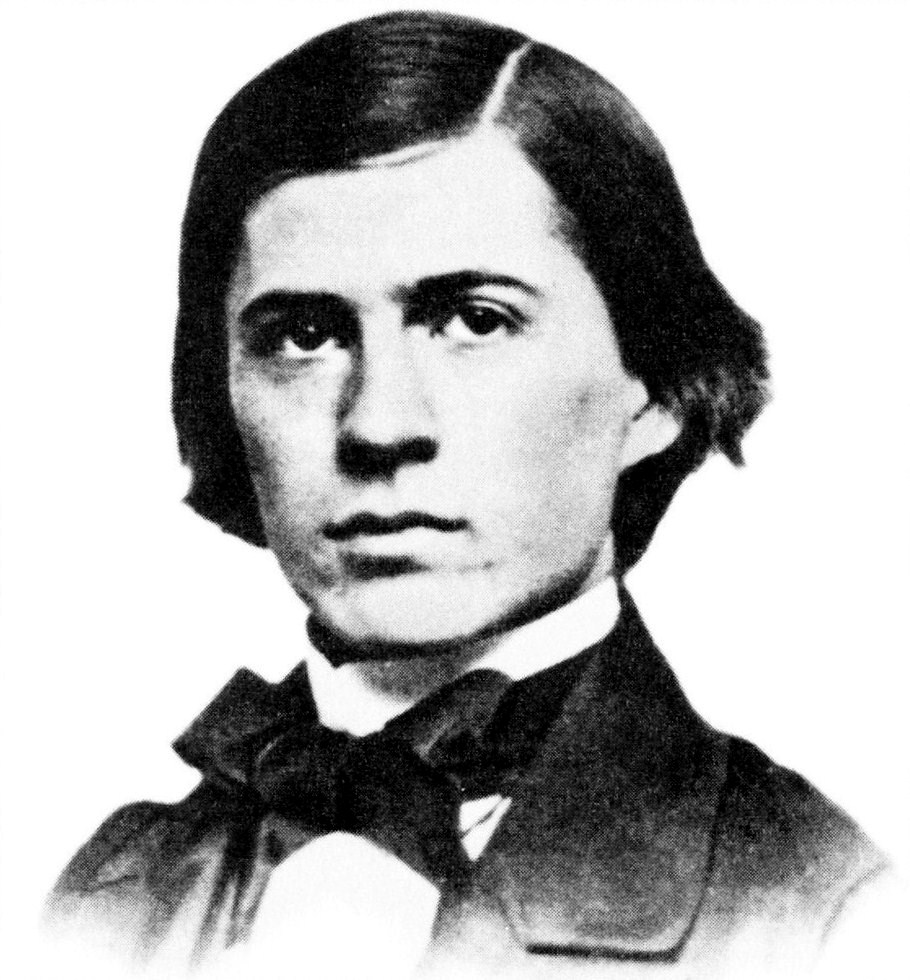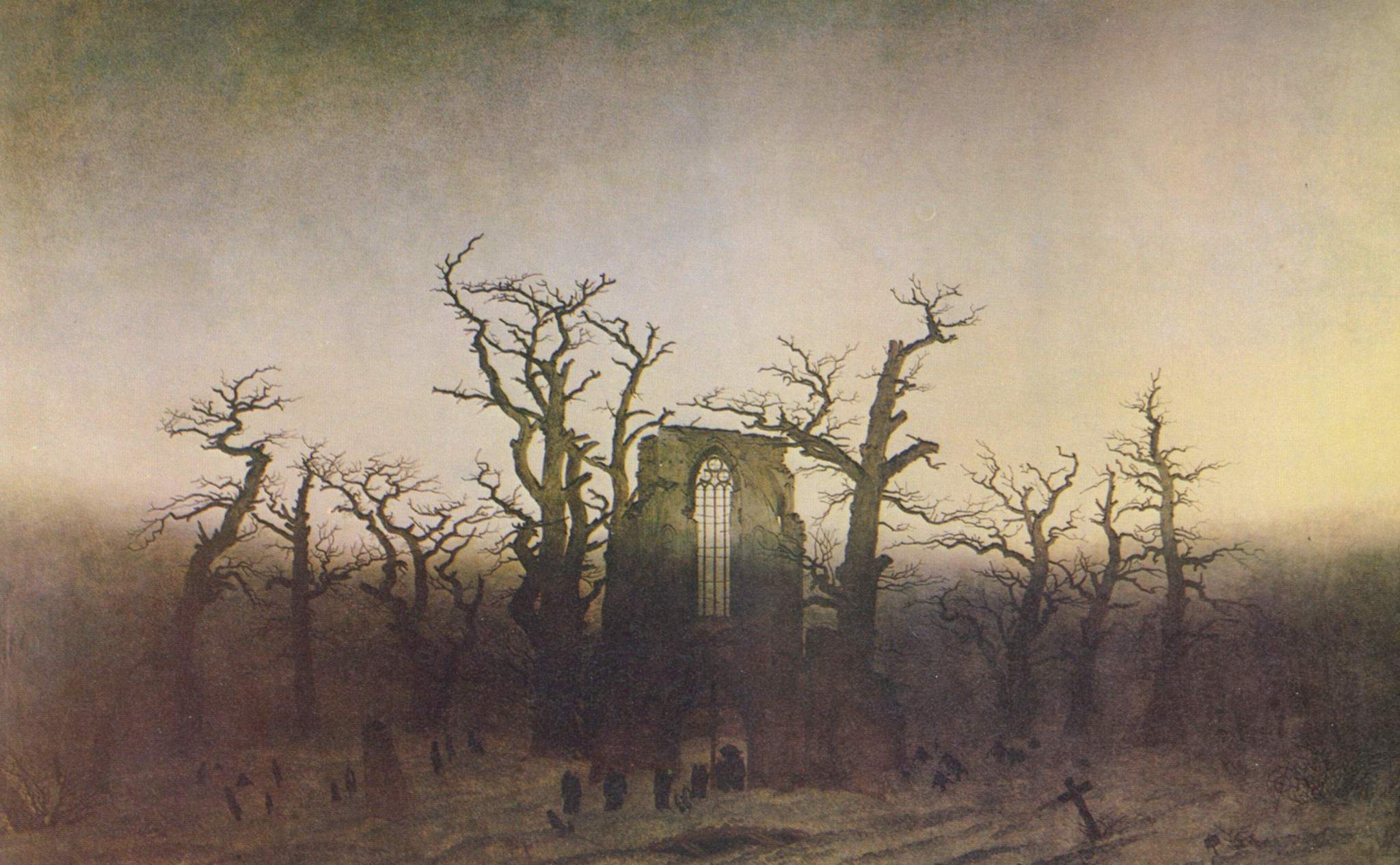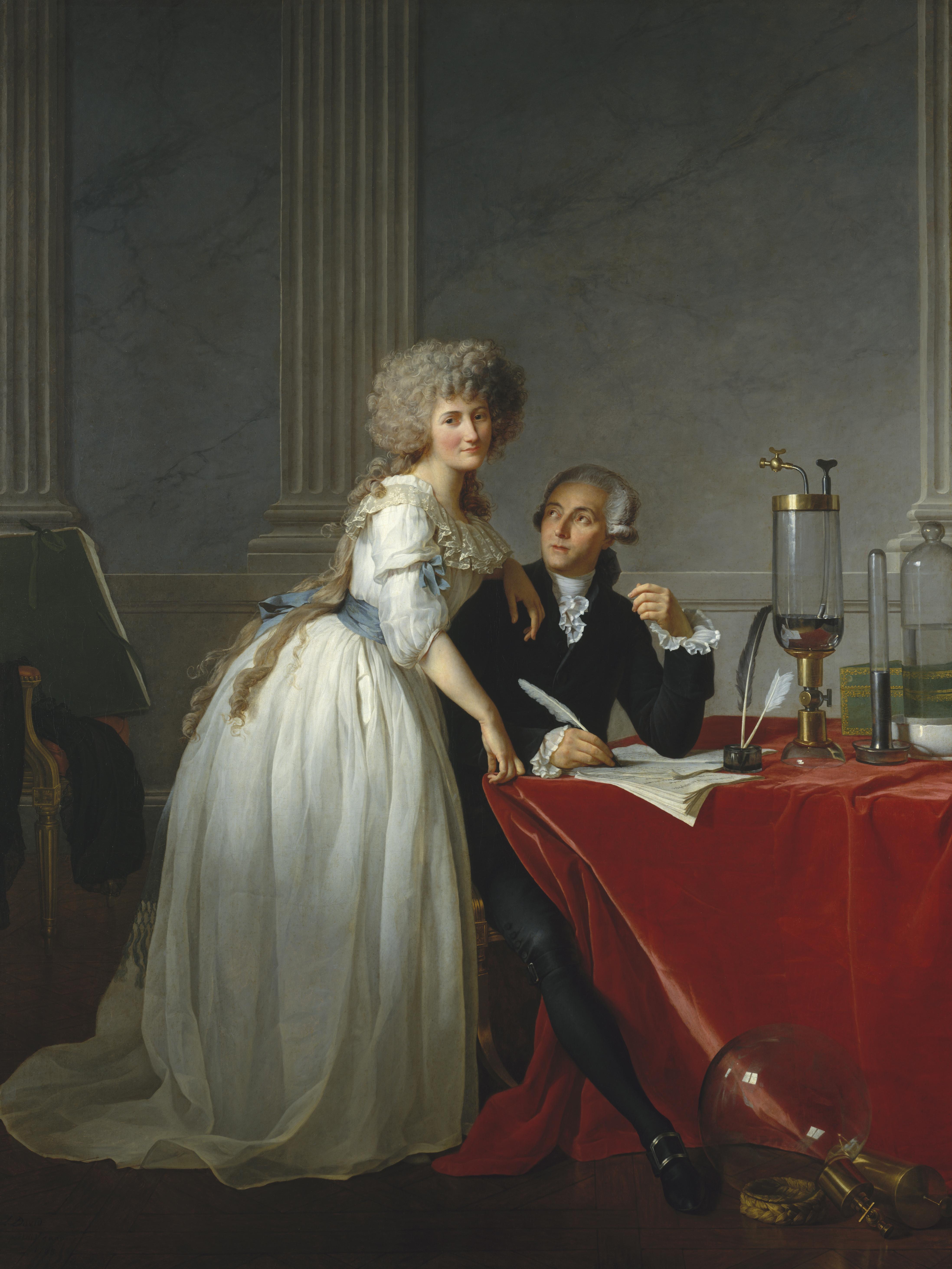Chapter 14 – The Morally Crucial Features of Modern
Physics
At last. We are ready to tackle the moral challenge.
The question now is: What are the traits of the real universe, as Science sees it, that should guide how we design our new moral code? The answer is: The two most important traits of the modern scientific worldview are entropy and uncertainty. Each of
these needs a bit more elaboration.

(credit: Wikimedia Commons)
The first feature of reality that matters to how we design our moral code is stated
by the laws of thermodynamics. These laws are more familiar to us and easier
to explain than quantum uncertainty.
The laws of thermodynamics say that
energy (with matter viewed as a concentrated form of energy) can’t be
created or destroyed. Energy can only be changed in form, as in from chemical
energy in gasoline, to heat energy in the cylinders, to mechanical energy in the motions
of the pistons, the crankshaft, and so on.
But the laws of thermodynamics also tell us that even though the amount of energy in the universe stays constant, it always flows from areas of greater concentration to areas of
lesser concentration. If matter or energy become more concentrated or
organized in one area of space, then an even greater amount of energy must flow in from areas nearby.
Everything is burning out. Metals corrode, wood rots, people and animals die. Life carries on by struggling against entropy.
Everything is burning out. Metals corrode, wood rots, people and animals die. Life carries on by struggling against entropy.
Even the
stars and our sun are burning out. In
ordinary experience, this law is the trait of the universe that makes life always hard. Always full of work. The physical universe on its own works all the time to kill everything living.
An area of matter-energy concentration (like our planet or my body) must always be maintained at
the expense of even greater rates of energy burnout in nearby spaces. I get
energy by eating plants or animals which also ultimately depend on eating plants.
Plants get their energy from the sun as it burns. When fossil fuels like gasoline are burned,
they are just releasing stored solar energy, as are hydroelectric dams
and firewood. The sun is our source, and it burns and dissipates energy much more
intensely than the creatures of the earth get and store
second-hand solar energy.
The universe is heading
toward a final state in which more than 1079 tiny particles will be spread across it at a temperature of
absolute zero. We don’t understand numbers that big, but that doesn’t
matter. The heat death of the universe, as far as our science can tell, is
inevitable. (It isn’t due for at least another five billion years.)
To humans, who are energy-concentrated living things, this means that we
exist against the natural flow of the physical universe. The level of disorganization
or “burnt-outness” of anything (including the whole universe) is
called its entropy, and the entropy of the universe is always increasing.
The second feature of reality that matters to our new moral code is uncertainty. In order to adapt to uncertainty, humans must learn to calculate probabilities of future events. Probabilities range from the likelihood that it will rain this afternoon, to the likelihood that there's a leopard in the grass nearby, to the likelihood that Germany will attack Russia given what Hitler said about Germany’s need for living space to the east. We design our actions and live our lives by odds-making.
Our deep belief that life is full of toil is our way of understanding
entropy.
Our deep belief that life also contains constant hazards, in addition to the constant hard work, is our way of understanding uncertainty.














